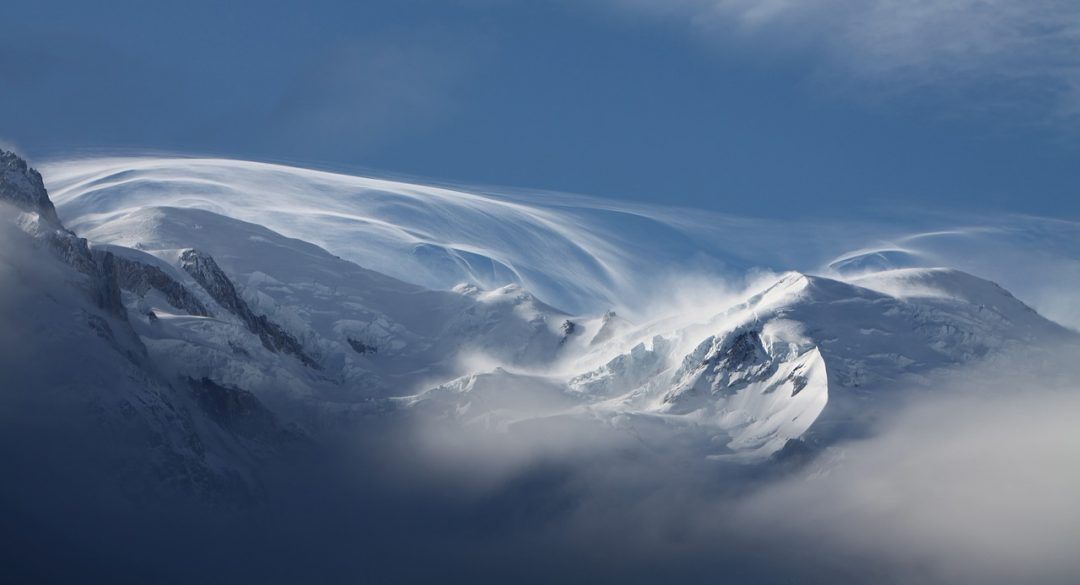From the fifteenth through the eighteenth centuries, calamitous volcanic eruptions repeatedly lofted vast quantities of sunlight-scattering sulfur aerosols into the atmosphere, often just as solar activity itself declined. Average annual temperatures across much of the Earth dropped for decades at a time, in four chilly periods that formed the heart of what is now called the “Little Ice Age.” Patterns of atmospheric and oceanic circulation changed partly in response, bringing torrential rains to some places, and long-lasting droughts to others.
Scientists, archaeologists, and historians have worked together to reveal that weather in these cold periods provoked or worsened famines, rebellions, and outbreaks of epidemic disease in the empires and communities of the contemporary world. Some have even argued that the most profound cooling of the Little Ice Age, in the seventeenth century, unleashed a “global crisis” that indirectly killed tens of millions of people. The disasters climate scientists anticipate in a world of rapid warming may therefore have happened before.
Yet recently, as explained in a WIREs Climate Change review, scholars in different fields have contrasted the fates of societies or communities that were “vulnerable” to climate change with those that seem to have been “resilient” or even consciously or unconsciously adaptive in the face of the Little Ice Age. Japan and the Dutch Republic seem to have successfully endured and perhaps even exploited the chilliest weather of the Little Ice Age. Even communities in the high Arctic seem to have been remarkably flexible in the face of climate change, though some did eventually disappear.
Overall, researchers have found that even the coldest weather of the Little Ice Age did not directly shape human history. Individuals, institutions, and cultures in diverse societies all responded differently, and with more or less success, to global cooling.
Kindly contributed by Dagomar Degroot.

















